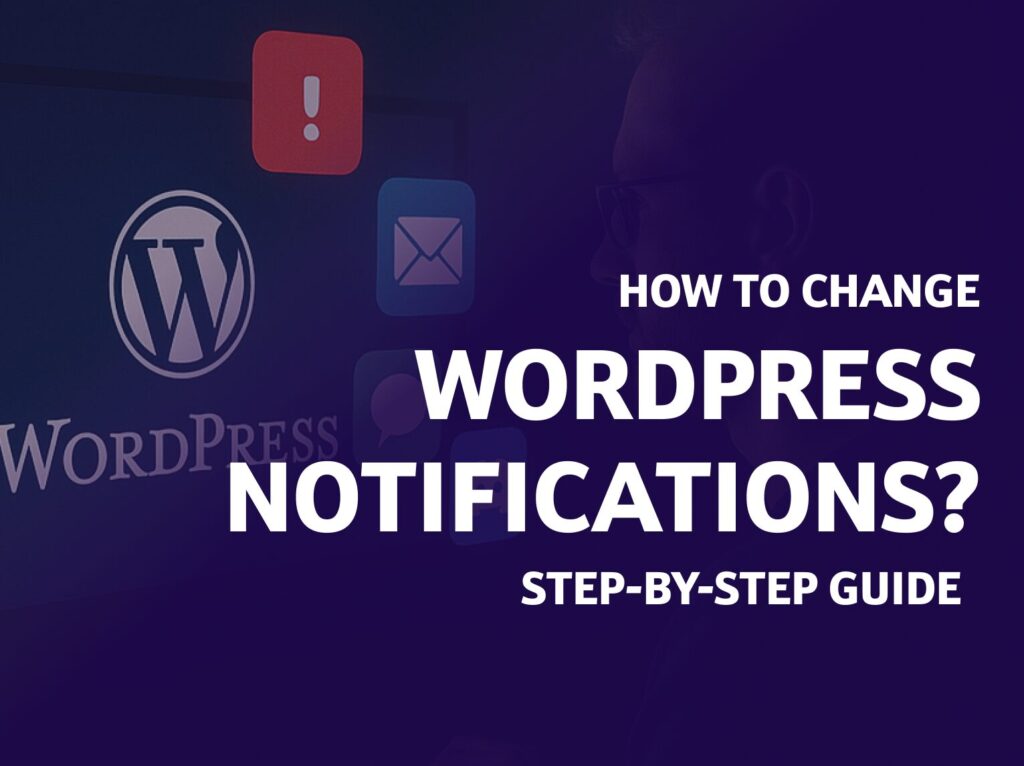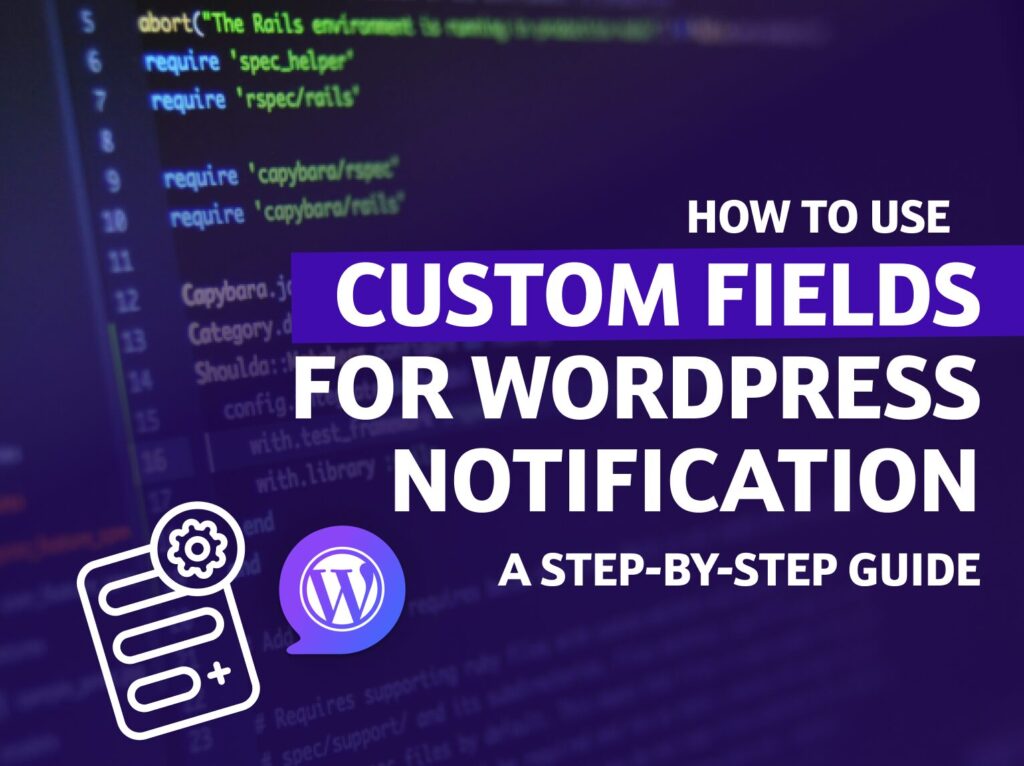Do only developers create websites on WordPress in our team? Of course not.
WordPress is an incredibly user-friendly tool that allows non-developers to build websites. Today, I’ll talk about this exact topic. We’ll compare two popular methods for constructing websites: the page builder – Elementor, and Full Site Editing (FSE) using Gutenberg blocks.
This is crucial knowledge for marketing teams and individuals starting their journey with WordPress, especially when they don’t have access to IT departments for website creation. It’s particularly valuable if you’re interested in creating simple sales pages, landing pages, business card websites, or blogs. If you’ve ever decided to build a website on your own, read my article to minimize errors and frustration.
Full Site Editing or Elementor?
Choosing between FSE and Elementor depends on several factors such as your budget, development knowledge, plans for site growth, and brand development.
My experience with both tools
In recent times, we’ve focused heavily on internal products like the Pretty Email plugin, ready-made websites for dentists, and an automotive side project. Each required a website. To relieve our development team from building purely marketing-focused sites, I decided to handle it myself. My strength was the team’s support, but I wanted to speed up the project by doing most things myself. Do you know this feeling? I hope you have a bit of that impatient spirit too.

Who is Full Site Editing for?
Choosing FSE means you get a free tool without additional licenses. Secondly, FSE offers greater flexibility in the future, since it relies on standard Gutenberg blocks that will be developed and supported by the WordPress community.
One of the biggest strengths of Full Site Editing (FSE) is that it provides access to a wide range of blocks ( in the case of Elementor, some of these blocks are only available in the paid PRO version). For instance, in FSE the Query Loop block (used to display posts in a grid) and menus are accessible without extra costs. This allows for creating more advanced page layouts without spending additional money.
FSE operates directly in the standard WordPress editor, meaning users don’t have to switch between different interfaces. Everything happens in one environment, simplifying the process of creating and editing pages.
With FSE, you can create custom headers and footers without needing additional tools. In Elementor, you need the PRO version to get similar capabilities. In FSE, editing global templates of the site is available immediately and for free.
One more. It is generally true that FSE has more than Elementor free and Elementor Pro has more than FSE, but this does not overlap 100% – these blocks are just different so there are exceptions.
But what if you lack coding skills?
This is where things get tricky. Despite many advantages, FSE has some limitations:
- Lack of Advanced Settings: FSE offers fewer detailed settings for its blocks, which might limit the customization options to meet specific user needs. Compared to Elementor, which offers very detailed settings, FSE might seem less flexible.
- Responsiveness Issues: FSE does not support breakpoints (it means, you can preview website on tablets and mobiles, but you can’t make adjustments) making it difficult to create pages that look good on different devices. The lack of ability to adjust the layout to various screens can be a significant limitation
- Fewer Ready-Made Blocks: Compared to Elementor PRO, FSE has fewer available blocks. For example, a useful tabs block, available even in free version. It is not available in FSE and other solutions must be used. While the available blocks are functional, additional plugins might be needed to achieve desired effects.
Who is Elementor PRO for?
Even though I might get some flak for this opinion, I really like Elementor. Without developer skills, I feel more confident using this option. For me, Elementor means more advanced settings for each block. The ability to control the layout, margins, padding, borders, and background allows for precise customization of the site’s appearance.
Elementor’s Key Strengths
Elementor allows for adjusting pages to different devices using breakpoints, ensuring the site looks good on any screen, from desktops to smartphones. This is a crucial feature, especially in the age of mobile internet.
This tool has many built-in blocks that facilitate creating complex and interactive pages. Blocks like carousels, tabs, or galleries with lightbox functionality allow for adding advanced features without needing additional plugins.
Elementor’s Drawbacks
To provide a full picture, here are three main drawbacks of Elementor:
- Cost: Advanced features of Elementor are available only in the PRO version, which involves additional costs. For those with a limited budget, this can be a significant constraint.
- Plugin Dependency: Although Elementor offers many features, sometimes additional plugins are necessary to achieve desired effects. This can lead to complications and require extra work.
- User Interface: Switching from the Elementor editor to editing another page requires exiting the current editor, which can be inconvenient. In FSE, you can easily switch between editing different pages without leaving the editor.
My recommendation for non-developers creating a website
For beginners who don’t want to spend money on additional licenses, FSE might be a better choice due to its free blocks and ease of integration with WordPress. However, if you plan to create more complex pages and want full control over responsiveness and detailed settings, Elementor, especially the PRO version, will be more suitable.
If you prioritize simplicity and want to quickly create a basic page, FSE might be ideal. It’s intuitive and doesn’t require coding knowledge. However, if your site is more advanced and you want more control over every aspect of the project, Elementor is a better choice, despite the additional costs.
General feelings about FSE and Elementor
My overall feeling is that FSE has great potential, especially for those who want to start quickly without extra costs. Its integration with WordPress and availability of free blocks make it an attractive choice. However, its limitations, particularly regarding responsiveness and detailed settings, can be frustrating.
On the other hand, despite its costs, Elementor offers more options and flexibility, making it a more advanced tool. With a wealth of ready-made blocks and advanced settings, you can create more complex and interactive pages.
Why developers dislike Elementor?
Developers often dislike Elementor due to its complexity and specific code structures, which can complicate further site development. For many of them, cleaner and more optimized solutions are preferred, which can often be achieved through traditional coding. Elementor generates a lot of additional code, which can affect site performance and its ease of further editing and maintenance.
The choice between FSE and Elementor depends on your needs and experience. If you’re starting and want to avoid additional costs, FSE might be suitable. However, if you want more control and flexibility, Elementor is the better choice. Both tools have their pros and cons, so it’s essential to think carefully about your needs before making a decision.
Remember, regardless of the tool chosen, the key to success is learning and experimenting. The more time you spend getting to know and testing different functions, the better results you’ll achieve. Good luck!
If you feel overwhelmed by website design, you can always turn to companies like ours. Contact us, and we’ll comprehensively handle your online presence.



